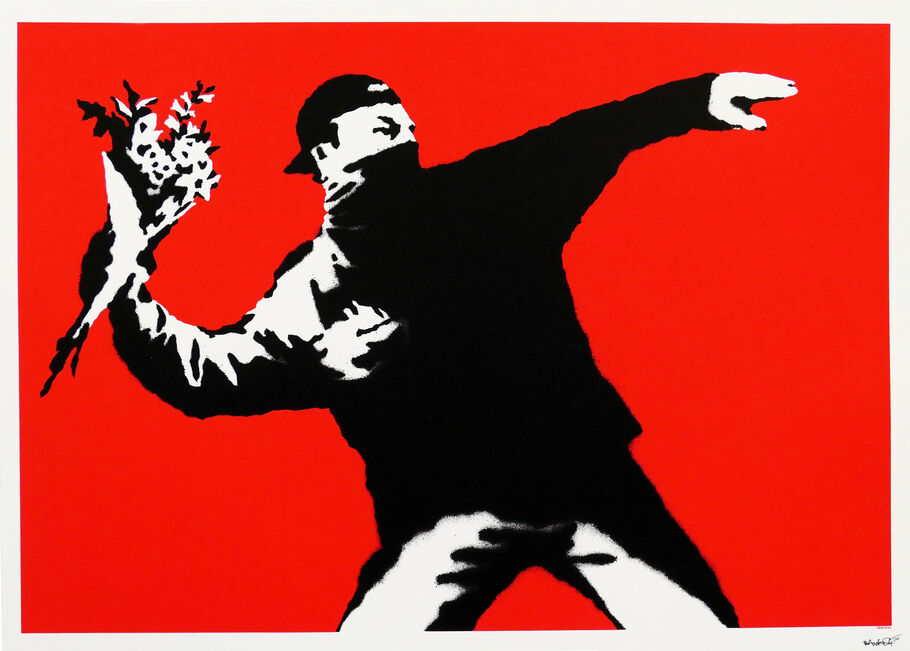Banksy, the anonymous street artist, has gained worldwide fame for his thought-provoking and politically charged artwork. His distinctive style and satirical messages have made him one of the most influential artists of our time. Understanding the different techniques and print types used by Banksy can help collectors appreciate the value and uniqueness of his prints. In this article, we will explore the various techniques and print types associated with Banksy prints.
Screen Printing
One of the most common techniques used by Banksy is screen printing. Screen printing involves creating a stencil and transferring the image onto a surface using a mesh screen. Banksy often uses this technique to produce his prints because it allows him to create bold, vibrant images with crisp lines. Screen printing also allows for layering and different color combinations, adding depth and complexity to the artwork. If you want to know more about Banksy Print you may visit https://www.printnz.com/collections/banksy.

Stencil Printing
Another technique frequently employed by Banksy is stencil printing. Stencil printing involves cutting out a design on a stencil and then applying paint or ink through the cutout areas onto the desired surface. This technique allows for quick and precise reproduction of images, making it ideal for street art. Banksy’s stencil prints often feature black and white images with strong contrasts, emphasizing his powerful messages.
Offset Lithography
Offset lithography is a printing technique that Banksy has used for some of his larger-scale prints. In this process, the image is transferred from a plate to a rubber blanket and then onto the printing surface. Offset lithography allows for high-quality reproductions with fine details and a wide range of colors. This technique is commonly used in commercial printing and allows Banksy to produce prints in larger quantities while maintaining the integrity of his artwork.